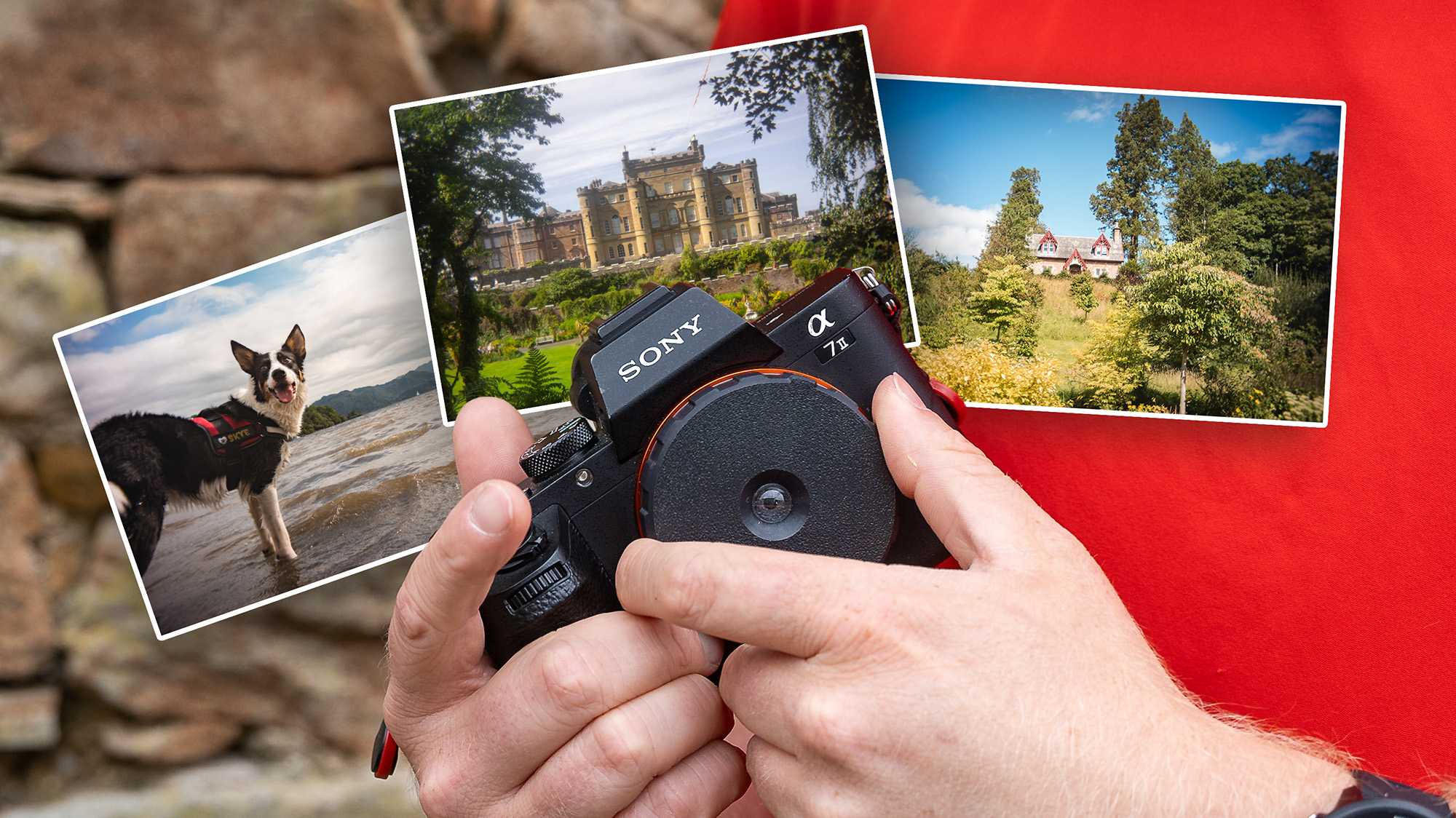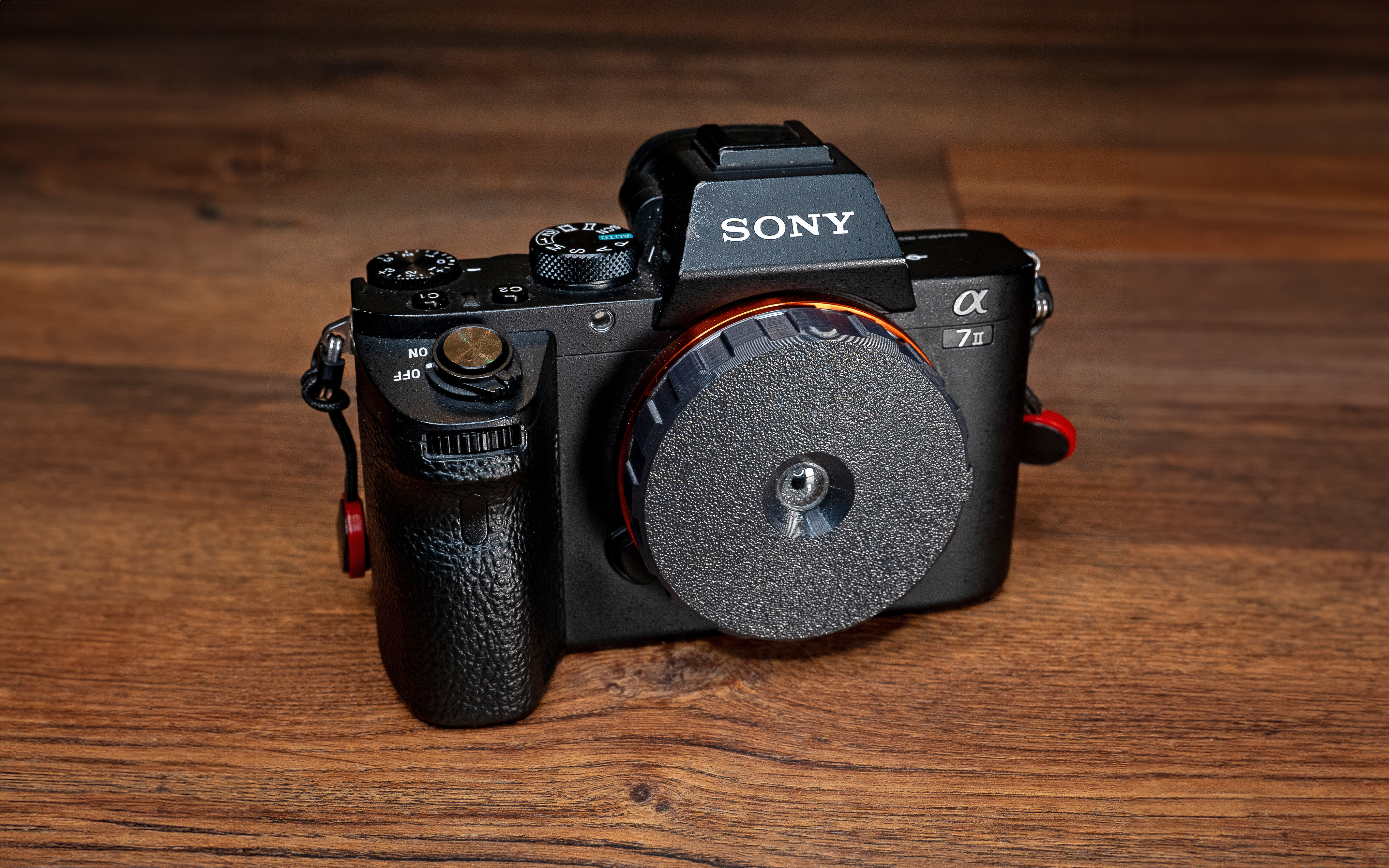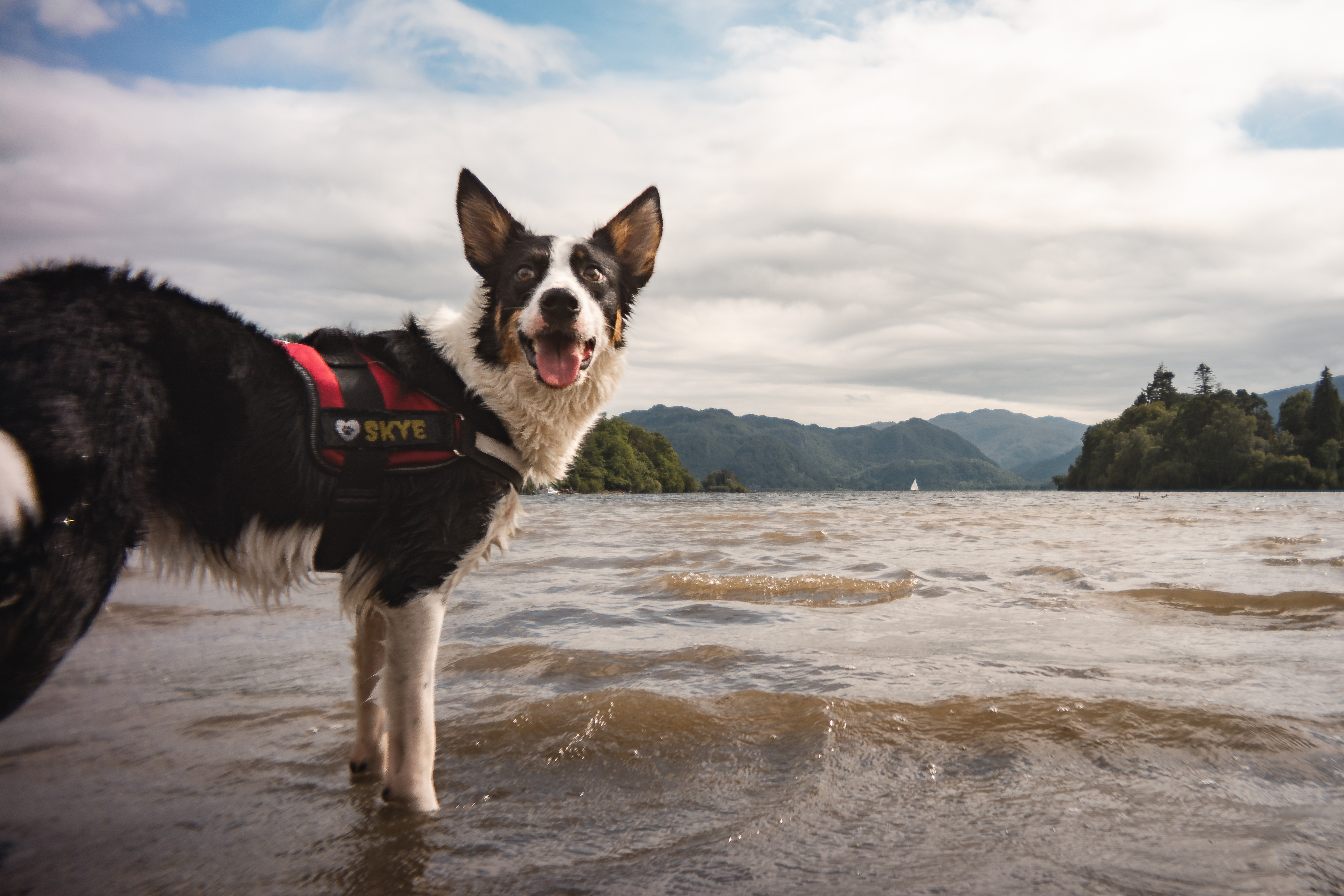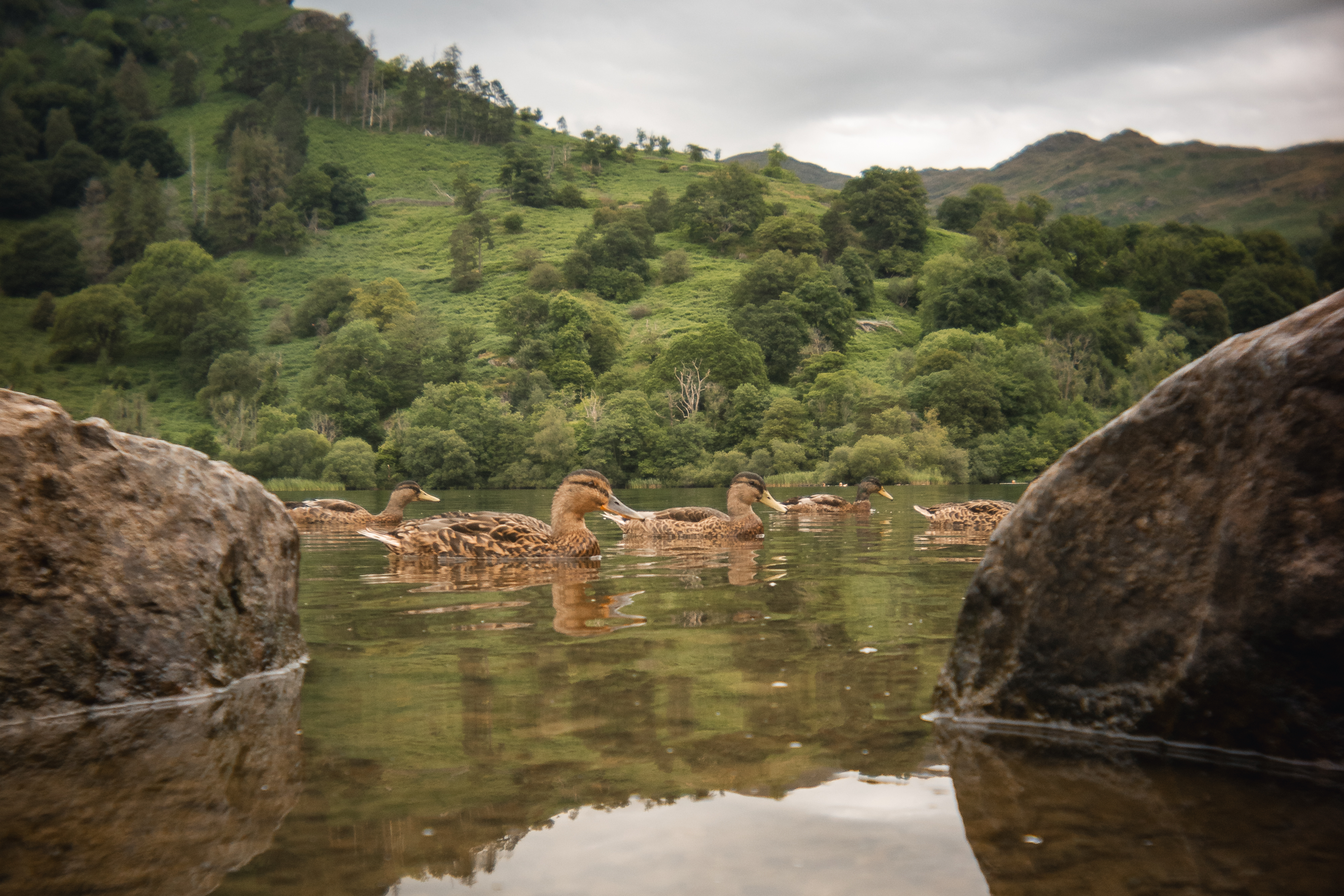
The disposable camera was one of my earliest memories of photography. From family holidays to school outdoor residential trips, Mum would put the trusty disposable in my bag and tell me to fill it up with photos. Today, the Pocket Dispo promises to help recreate an authentic disposable camera and film look, but for the digital camera age.
It's made by taking the lens from a disposable camera and embedding it in a 3D-printed mount (available for Sony E-Mount, Fujifilm X-Mount, Canon RF-Mount, Nikon Z-Mount, Micro Four Thirds, L-Mount and EF-M Mount), has a focal length of around 28mm, fixed aperture of about f/11 and a minimum focus distance of approximately 1.5m. It’s not exactly the most versatile lens.
When this popped up as an ad on social media, I’d originally dismissed it, but with summer around the corner, I suddenly had a thought. Could this be my family holiday lens that could help to recreate my own childhood photos but with my own children now? At $49.99/£42/AU$82 (not including shipping), it wouldn’t break the bank, it would fit on my Sony A7 II and it could be fun.

Top tips for using the Pocket Dispo
1. Judge your distance
With a minimum focus distance of around 1.5m, the toughest thing is judging the distance between yourself and the subject. If in doubt, take a step back and crop in post-production rather than finding out later that the subject was out of focus.
2. Centre your subject
The lens can exhibit a heavy vignette, meaning anything around the outside of the frame is a lot darker. It can be a nice effect, but to ensure the subject is properly lit, center it in the middle of the frame for best results.
3. Let there be light
With a fixed aperture of around f/11, a good light source is essential. Although modern cameras generally handle ISOs up to 3200 well, this isn’t a sharp modern lens. Above ISO800 images tend to become too grainy even for emulating film.
And now let's see some of the results...




You may also like...
If you're looking for more affordable optics, take a look at the best cheap lenses. And if you like to keep things simple, check out the best point-and-shoot cameras. And if you're looking for top-notch optics to put on your Alpha camera, browse the best Sony lenses.







